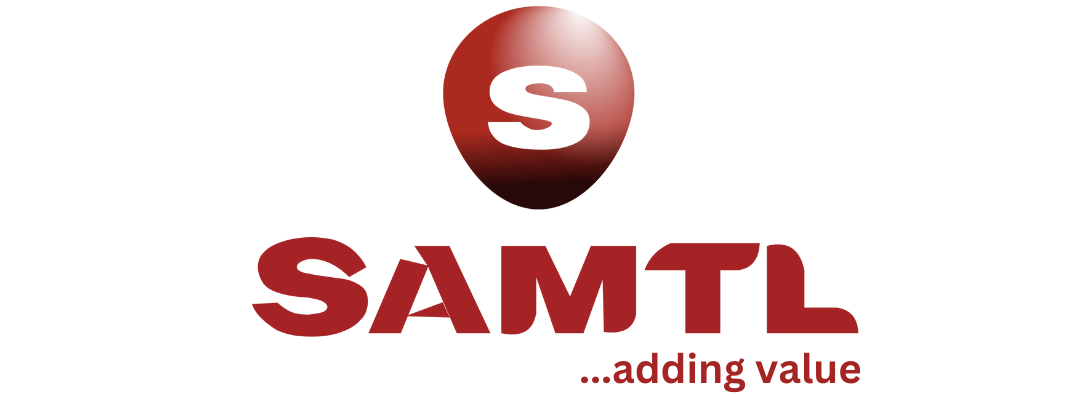As a beginner investor, playing the game of investing starts with learning to distinguish between different types of investment, and understanding the risk level attached to each investment type.
Listed below are the major asset classes, in ascending order of risk exposure.
Cash
A cash bank deposit is the simplest, safest and most easily fathomable investment asset. It is so because it gives investors exact knowledge of the interest they’ll earn as well as guarantee the safety of their capital.
Its disadvantage, however, lies in the fact that the interest earned from cash kept in a savings account rarely beats inflation.
Bonds
A bond is a debt instrument that represents a loan made by an investor to a borrower. A classic bond will consist of either a corporation or a government agency, where the borrower issues a fixed interest rate to the lender in exchange for using their capital.
Bond rates are principally determined by the interest rates – a reason they are heavily traded during periods of quantifiable easing or other central banks raise interest rates.
Stocks
Shares of stocks allow investors to partake in a company’s success through increases in the stock’s price and dividends. While shareholders have a claim on a company’s assets if it liquidates or goes bankrupt, they don’t own the assets.
There are two types of shareholders – holders of common stock and holders of preferred stock. Holders of common stock have voting rights at shareholders’ meetings while holders of preferred stock have no voting rights but get preference over common shareholders when dividends are paid.
Mutual Funds
A mutual fund is a type of investment where more than one investor pools their money together to purchase securities. Mutual funds are not passive since they are managed by portfolio managers who distribute the pooled investment into bonds, stocks, and other securities. Individuals may invest in mutual funds for a relatively low amount allowing them to diversify into as many as hundreds of different stocks contained within a given portfolio.

Exchange-Traded Funds (ETFs)
The ETFs are akin to mutual funds, but they trade throughout the day on the stock exchange. This also means that their value can change quickly during the course of a trading day.
Alternative investment
Real Estate
Investors can obtain real estate by directly buying commercial or residential properties. They can also choose to buy shares in real estate investment trusts (REITs) – which acts like mutual funds where a group of investors pool their money together to purchase properties.
Final words
To make sound investment decisions, you must understand the rudiments of investing. Follow sound recommendations from reliable and experienced investors, and never forget to diversify your holdings across a wide variety of assets. In other words, don’t put all your eggs in one basket.
traditional
